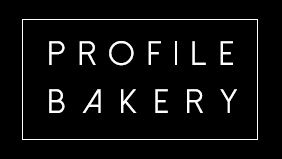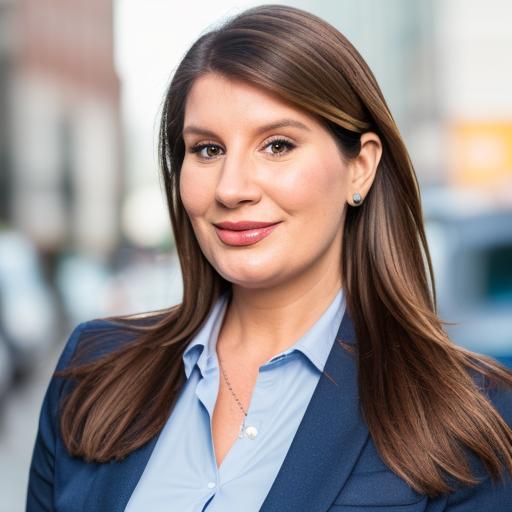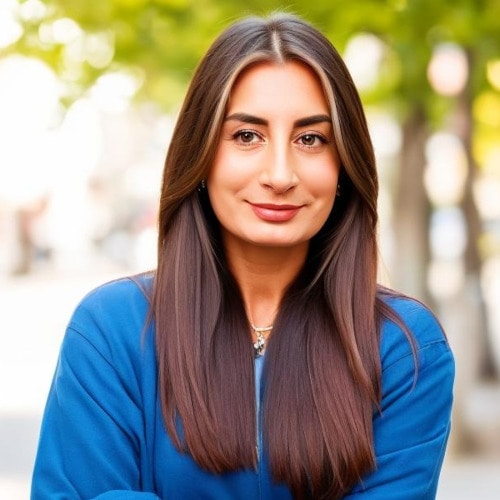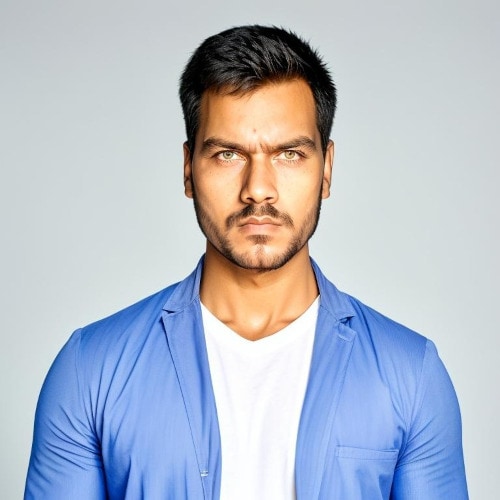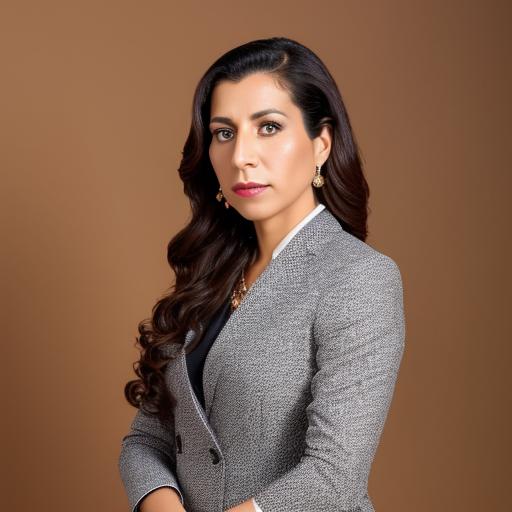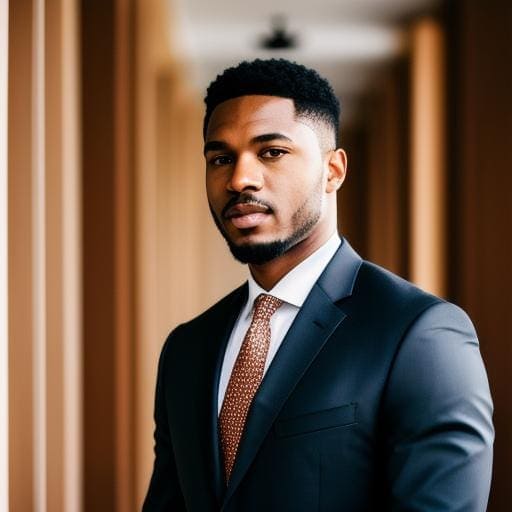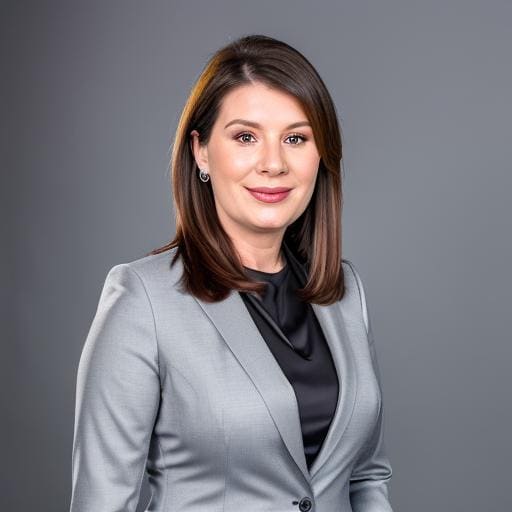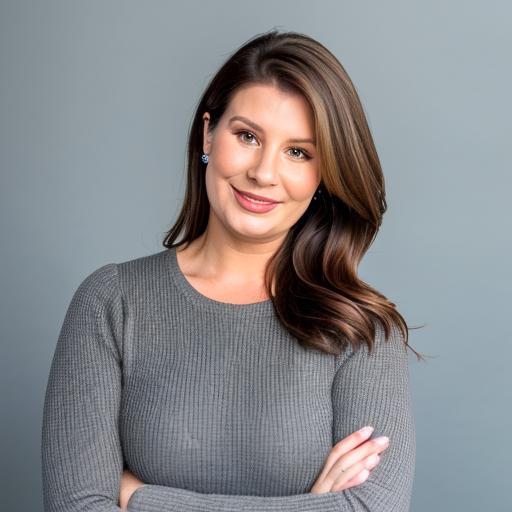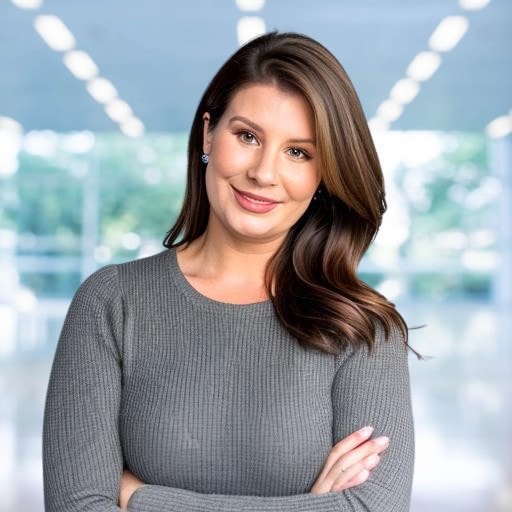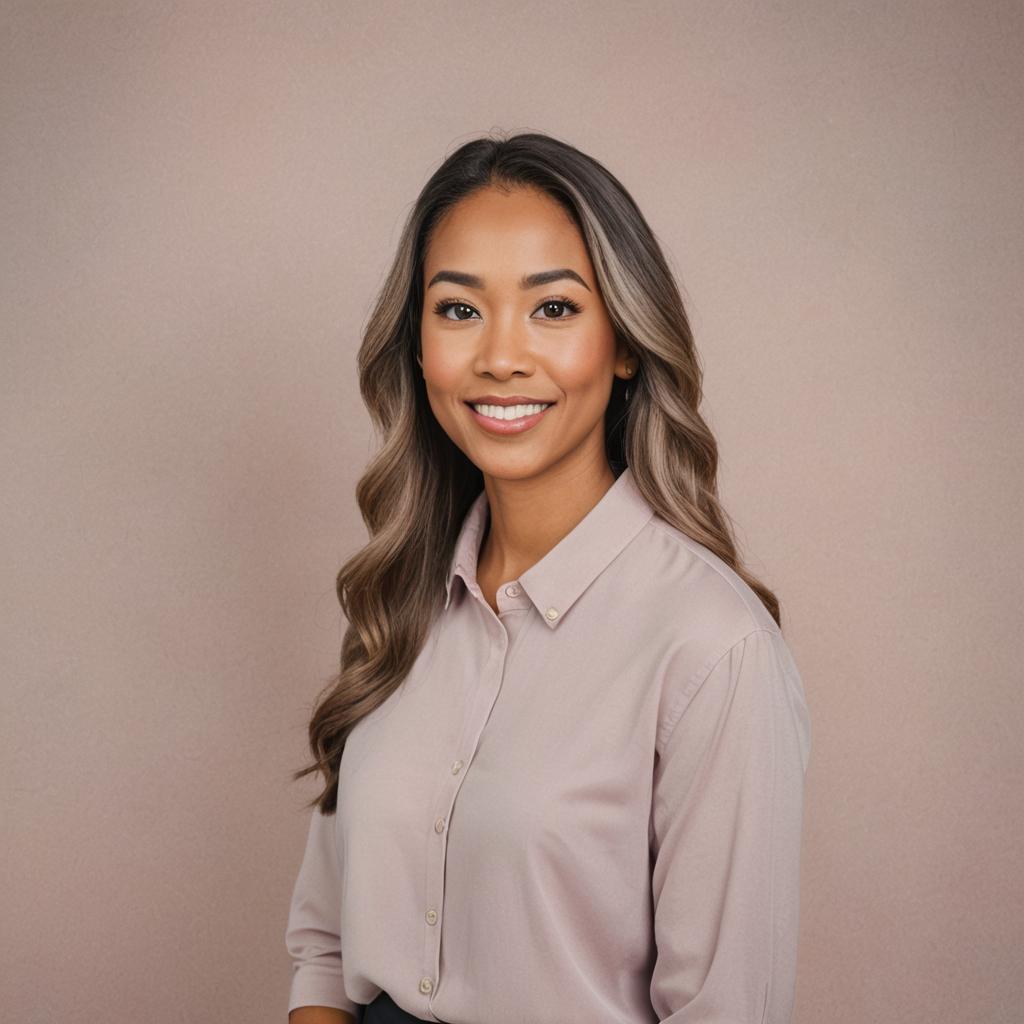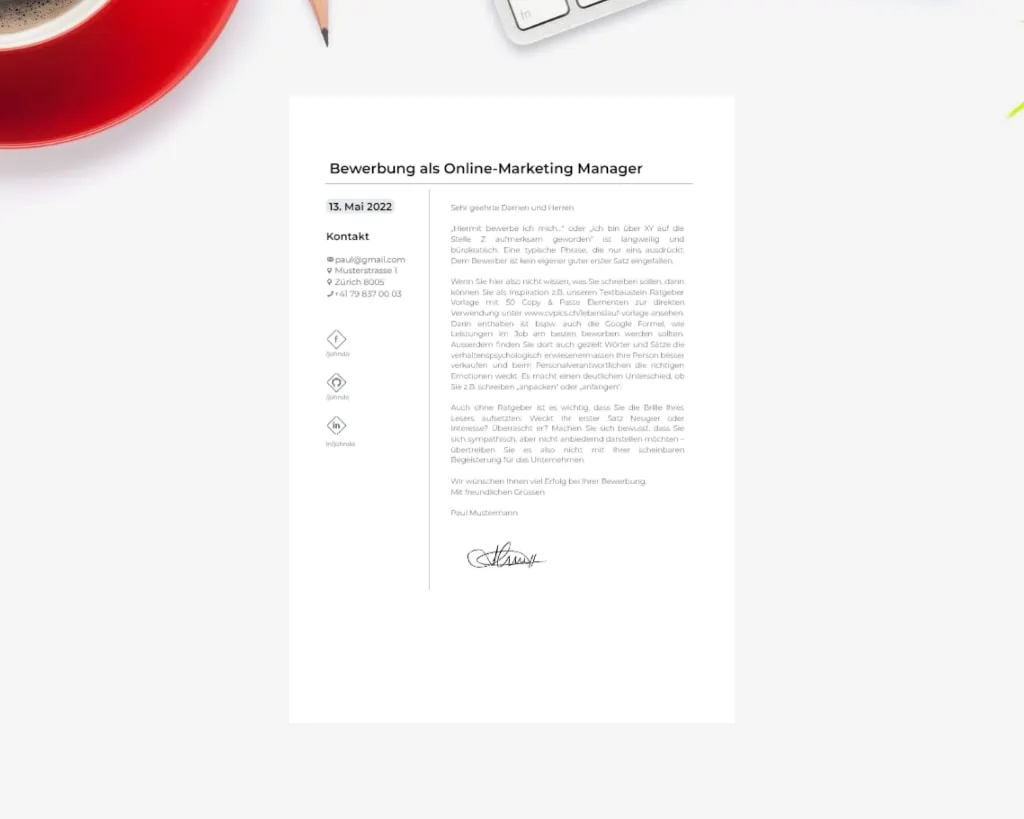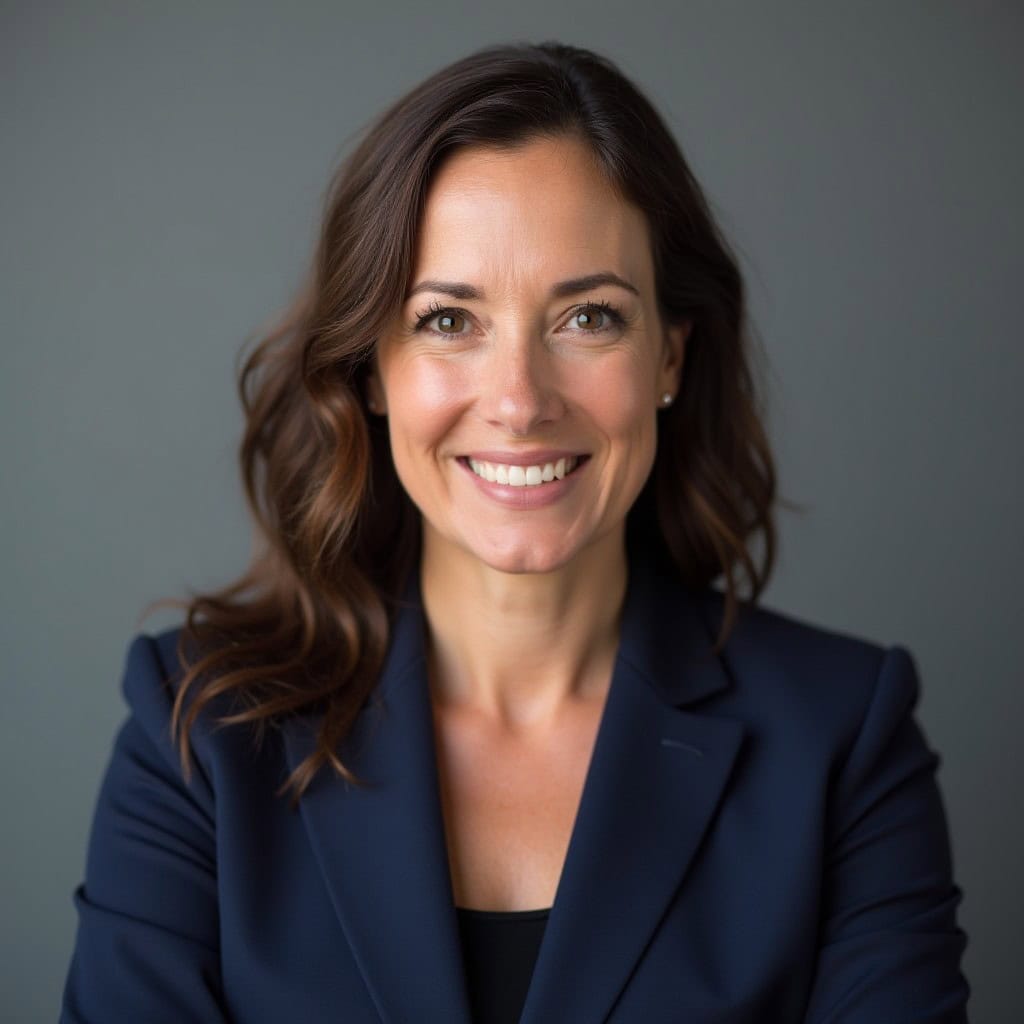In today’s digital age, your online presence often creates the first impression—long before you meet someone in person. Whether you’re an actor looking to land your next big role, a corporate professional aiming to climb the career ladder, or a creative entrepreneur building your brand, a high-quality headshot is essential. But what exactly makes a headshot stand out? In this guide, we’ll explore various headshot examples, provide tips for achieving the perfect look, and offer detailed advice on attire, poses, and backgrounds to ensure your headshot not only captures your personality but also meets the professional standards of your industry.
What is a Headshot?
A headshot is more than just a photograph of your face; it’s a visual representation of your personal brand. Whether used on social media, corporate websites, or actor portfolios, a headshot communicates who you are and what you represent in a single image. Unlike traditional portraits, headshots are specifically designed to convey professionalism, approachability, and confidence.
The Importance of a Good Headshot
A great headshot can open doors, while a bad one can close them. Your headshot is often the first impression potential employers, clients, or casting directors will have of you. It’s crucial that this image accurately reflects your professional image, is high quality, and is tailored to the industry you’re in.
What Makes a Bad Headshot?
Before diving into examples of what works, it’s essential to understand what doesn’t. A poor headshot can be detrimental, giving the wrong impression or failing to convey professionalism. Here are some common pitfalls:
- Poor Lighting: Harsh shadows or overly bright spots can make a headshot look amateurish. Always aim for soft, even lighting that flatters your features.
- Unflattering Angles: Shooting from below can make the subject appear larger, while too high an angle can diminish their presence. The camera should be at eye level to create a natural, engaging look.
- Distracting Backgrounds: A cluttered or busy background takes the focus away from the subject. A simple, clean background is usually the best choice.
- Inappropriate Attire: Wearing casual clothes for a corporate headshot or overly formal attire for a creative industry can send the wrong message. Dress for the industry you’re in.
Tips and Examples for Different Headshot Styles
Different industries require different headshot styles. Let’s explore some of the most common types and what makes each effective.
1. Professional Headshot Examples
A professional headshot is a must for anyone looking to advance in their career. These are typically used on LinkedIn profiles, company websites, and other professional networks.
- Attire: Business formal or business casual, depending on your industry. For example, a suit and tie for finance professionals or a smart blouse for marketers.
- Background: Neutral or office environment. The focus should be on you, not your surroundings.
- Expression: Confident and approachable. A slight smile can make you appear friendly, while a more serious expression can convey authority.
2. Actor Headshot Examples
For actors, a headshot is a crucial part of their portfolio. It needs to showcase their versatility and range while also providing a true representation of how they look on screen.
- Attire: Simple and neutral. The focus should be on your face, not your clothing.
- Background: Plain or slightly textured backgrounds work best.
- Expression: This can vary depending on the roles you’re targeting. A mix of serious and lighthearted expressions is often ideal.
3. Corporate Headshot Examples
Corporate headshots are used across various business sectors. These should convey professionalism, competence, and approachability.
- Attire: Typically a suit or business attire. It’s important to dress in a way that reflects your role and industry.
- Background: A clean, simple background, often in neutral colors, works best.
- Expression: A confident, yet approachable expression. Smiling slightly or maintaining a neutral expression depending on the company culture.
4. Creative Headshot Examples
For those in creative fields—such as designers, artists, or entrepreneurs—a headshot can be a bit more relaxed and showcase personality.
- Attire: More casual, with an emphasis on expressing your unique style.
- Background: This can be more dynamic, such as an outdoor setting or a space that reflects your work environment.
- Expression: Showcasing personality is key. A genuine smile or a more relaxed pose can help convey your creativity.
5. Headshot Photography Examples
Photography style can dramatically affect the tone of a headshot. Whether you opt for a natural light shot or a studio setup, the choice will impact how you’re perceived.
- Natural Light: This style offers a more relaxed and approachable feel. Ideal for creatives or those looking for a less formal headshot.
- Studio Lighting: Provides a polished, professional look. Studio shots are often preferred for corporate headshots or acting portfolios where detail and clarity are crucial.
Examples of Headshots for Various Professions
Different professions have unique requirements for headshots. Let’s explore some specific examples to give you a better idea of what’s expected in various fields.
1. Business Headshot Examples
For business professionals, a headshot is more than just an image; it’s a representation of their personal brand. These headshots are often used on LinkedIn, company websites, and in press releases.
- Example: A CEO’s headshot might feature them in a suit with a neutral background, conveying authority and competence.
2. Actor Headshot Portfolio Examples
Actors need headshots that highlight their versatility and range. A good actor headshot can make or break an audition.
- Example: A headshot with a neutral expression, shot in soft lighting, with a plain background, can be used for a variety of casting calls.
3. Creative Entrepreneur Headshot Examples
For creative entrepreneurs, the headshot is an opportunity to express individuality and creativity.
- Example: A designer might choose an outdoor setting with natural light to showcase a more relaxed, approachable side.
Detailed Advice on Attire, Poses, Backgrounds, and Expressions
Creating the perfect headshot involves more than just a good camera and lighting. Attention to detail in attire, poses, backgrounds, and expressions is what sets a great headshot apart.
Attire
The right outfit can enhance your headshot and ensure it aligns with your professional goals.
- Corporate Headshots: Stick to solid colors and avoid patterns that can distract. A well-fitted suit or a professional blouse is ideal.
- Creative Headshots: You have more flexibility. Consider wearing something that reflects your personal style but isn’t too distracting.
Poses
The way you pose can significantly affect the outcome of your headshot. Here are some tips:
- For Professional Headshots: Keep it simple. A straight-on pose with a slight tilt of the head can create a confident yet approachable look.
- For Creative Headshots: Feel free to experiment with different angles and poses. A slightly relaxed posture can convey creativity and ease.
Backgrounds
Choosing the right background is crucial as it sets the tone of the headshot.
- Neutral Backgrounds: Ideal for corporate headshots, where the focus should be solely on the individual.
- Outdoor Backgrounds: Great for creative professionals or those in industries where personality is key. An outdoor setting can add warmth and depth to the photo.
Expressions
Your facial expression can make or break a headshot. It’s important to convey the right message through your expression.
- Smiling vs. Serious: A smile can make you appear approachable, while a serious expression can convey authority. Choose based on what you want to communicate.
- Eyes: Your eyes should engage the viewer. Avoid looking away from the camera, as this can make you seem distant or disengaged.
Tips on Background Selection, Attire, and Conveying Personality Through Headshots
The background, attire, and expression in your headshot are critical elements that contribute to the overall impression you make.
Background Selection
- Simplicity is Key: A simple background ensures that all the focus is on you. For corporate headshots, a plain white or grey background works best. For creatives, consider a more dynamic background that reflects your personal brand.
- Avoid Clutter: Ensure the background isn’t too busy. Distractions in the background can take the focus away from you and make the headshot less effective.
Attire
- Dress for Success: Choose attire that reflects your profession. For example, a lawyer might opt for a dark suit, while a creative professional might choose something more relaxed yet stylish.
- Complementary Colors: Your outfit should complement your skin tone and not clash with the background. Avoid overly bright colors or busy patterns that can distract from your face.
Conveying Personality
Your headshot should be a true reflection of who you are.
- Be Authentic: The best headshots are those that capture your true personality. Whether you’re serious, fun, or somewhere in between, let it show in your expression.
- Body Language: Your posture and body language can also convey a lot about your personality. For instance, a slight lean forward can make you appear more engaged and approachable.
FAQs About Headshots
Frequently Asked Questions about AI image editors
Conclusion
A well-crafted headshot is an essential tool in today’s professional landscape. Whether you’re aiming for a corporate job, looking to land an acting gig, or wanting to make a memorable impression as a creative entrepreneur, your headshot needs to reflect your personal brand accurately. By following the tips and examples provided in this guide, you can ensure your headshot stands out for all the right reasons.
For more personalized advice on creating the perfect headshot, or if you’re ready to update your current one, check out our Headshot Photography Services at Profile Bakery, where we help professionals like you present their best selves to the world.
